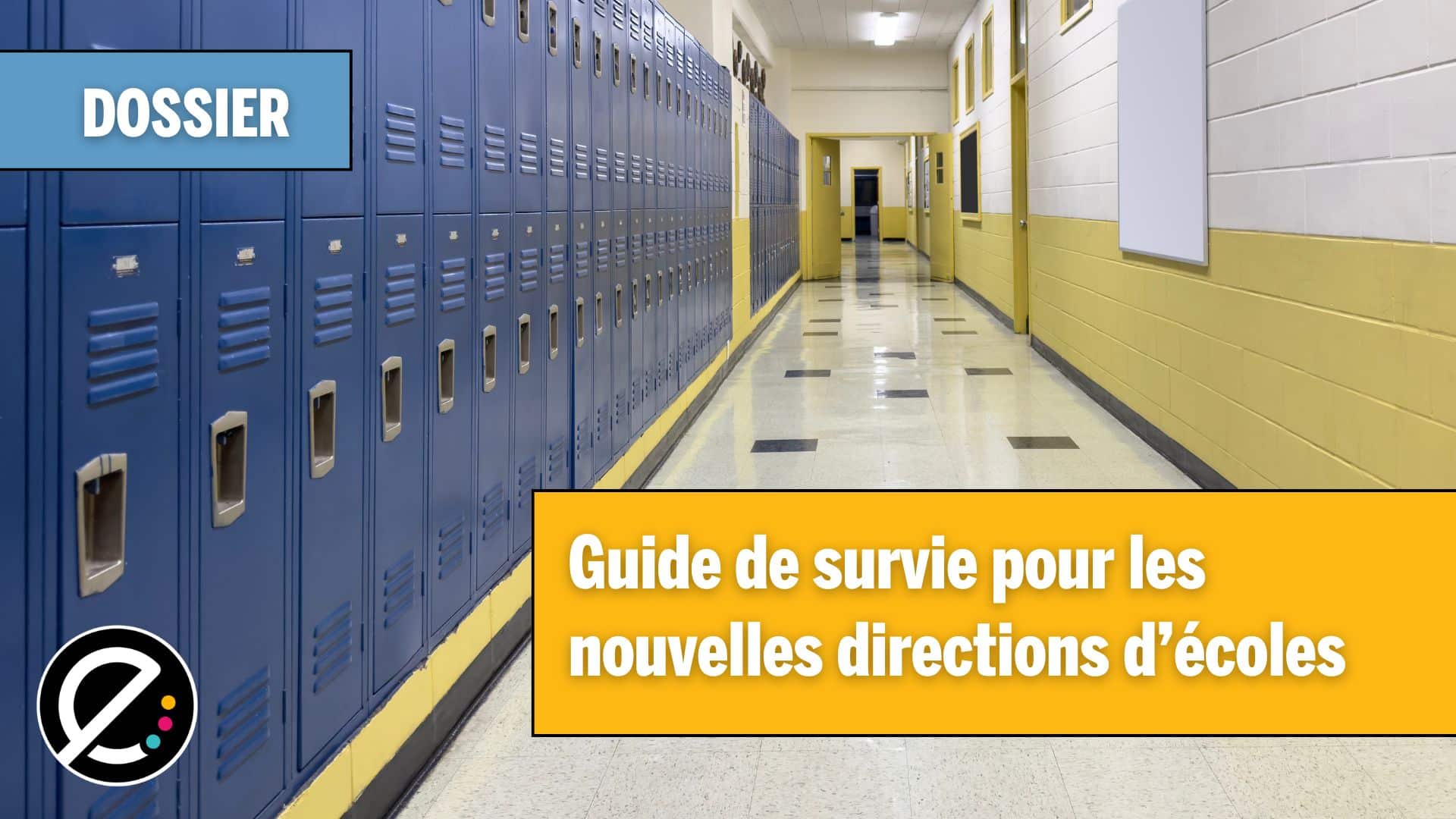Dire aux élèves qu’ils doivent valider la fiabilité de leurs sources lorsqu’ils font des recherches n’est pas suffisant. Encore faut-il leur enseigner comment faire! Afin de vous aider à les accompagner, voici neuf critères qui permettent de déterminer une source crédible sur le Web.
Ces neuf critères sont résumés à partir de cet article d’Edutopia (en anglais). Consultez-le pour trouver plus d’informations et des exemples pertinents.
À partir d’environ 10 ans, un jeune devrait graduellement être en mesure d’évaluer le contenu et l’origine des informations qu’il consulte sur Internet. Cette compétence est primordiale aujourd’hui, pour les enfants comme pour les adultes, afin qu’ils puissent faire des choix éclairés en matière de consommation, par exemple, et qu’ils développent une meilleure compréhension du monde.
La fiabilité d’un site Web dépend essentiellement de trois éléments :
- distinguer l’apparence et le contenu
- découvrir la source de l’information
- déterminer les intentions des auteurs
Pris isolément, ces éléments ne confèrent aucune crédibilité à un site, mais ensemble, ils permettent de rejeter de nombreuses sources douteuses.
Distinguer apparence et contenu
Se fier à l’aspect d’un site ne permet pas de juger de la qualité des renseignements qu’il contient. Ainsi, distinguer apparence et contenu constitue donc un apprentissage essentiel. Voici quatre questions à se poser.
- Le site est-il facile à naviguer? Une page Web ayant une bonne ergonomie de navigation permettra au visiteur de trouver l’information rapidement avec le moins de clics possible. Il n’essaiera pas de perdre le lecteur, de le distraire ou de l’amener ailleurs.
- Retrouve-t-on de nombreuses publicités ou fenêtres surgissantes? Un site sérieux évitera de bombarder le visiteur de renseignements inutiles ou de publicités trompeuses.
- Le site comporte-t-il des erreurs grammaticales ou de syntaxe? La réputation d’un site Web sera grandement entachée par la présence d’erreurs de langue. Un organisme sérieux s’assurera de la révision linguistique de son contenu.
- Les images servent-elles le propos? Les représentations graphiques d’un site informationnel ne devraient pas avoir pour but de divertir ou de distraire le lecteur. Au contraire, les images doivent faciliter la compréhension du texte.
Découvrir la source de l’information
Avant de considérer l’information d’un site, il est essentiel d’en connaître la source. Les sections « À propos » et « FAQ » permettront d’en apprendre davantage sur les auteurs. Les réponses à ces trois questions vous guideront.
- Le nom de domaine est-il évocateur? L’adresse URL fournira de l’information sur crédibilité des auteurs. Par exemple, les extensions .gouv, .gov ou .edu sont protégées et procurent une certaine légitimité. Au contraire, des extensions telles que .com, .org ou .net sont attribuées à n’importe qui.
- Quelle est la qualification des auteurs? Un site fiable donnera le nom de l’organisation auquel il se rapporte ou celui de ses auteurs. La qualification ou le titre des rédacteurs devrait aussi apparaître. Quelques recherches supplémentaires pourront ainsi valider leur réputation.
- Le site propose-t-il des liens vers d’autres sites fiables? Une page Web pertinente recommandera des liens vers des organismes de confiance. On peut également vérifier si des sources plausibles similaires donnent le premier en référence.
Déterminer l’intention des auteurs
En fonction de l’âge de l’élève, déterminer l’intention des auteurs est probablement ce qui est le plus difficile à identifier. En effet, l’intention d’une personne ou d’une organisation peut parfois être volontairement cachée ou trompeuse. Même des adultes s’y laissent prendre. Ces deux questions permettront d’y voir clair.
- Le site comporte-t-il des biais? Un site crédible publiera des faits objectifs et non des interprétations ou des opinions. Il ne présentera pas de biais et n’essaiera pas de convaincre ni de vendre des produits.
- Peut-on valider certaines citations, images, informations? Un site fiable proposera des renseignements originaux ou citera correctement ses sources. Il est facile de vérifier l’origine d’un extrait de texte par un simple copier-coller dans un moteur de recherche. Pour les images, des outils spécialisés, comme Google Images, permettent de trouver l’auteur d’une photo.
Il est relativement simple d’intégrer ces éléments dans la planification de l’enseignant. Chaque activité ou chaque situation d’apprentissage constitue une occasion pour l’élève de développer son esprit critique. Il peut également être intéressant d’amener le jeune à discriminer, à l’aide des critères ci-haut mentionnés, certains sites choisis par l’enseignant. Voilà autant d’occasions pour l’élève d’aiguiser son jugement lorsqu’il navigue sur Internet, une habileté qu’il pourra facilement transférer dans sa vie quotidienne.
Dimension(s) de la compétence numérique en lien avec cet article
4- Développer et mobiliser sa culture informationnelle
11- Développer sa pensée critique envers le numérique
Voir le Cadre de référence.







